When the samples are sent back to the university laboratory, DNA samples are firstly extracted. There are many ways to extract DNA. But basically, DNA extraction can be classified into 2 ways: physical and chemical isolation.
There are 3 major steps to successfully extract DNA.
(1): Destroy cell membrane and nuclear membrane for release DNA and other substances.
(2) Digest the impurities, including lipid, protein and RNA etc.
(3) Isolate and purify DNA.
Below we introduce 2 methods of DNA extraction. The first one: detergent extraction, which we can perform by using materials found at home. The second method: high salt extraction, which is commonly used in the laboratory.
A. Detergent Extraction
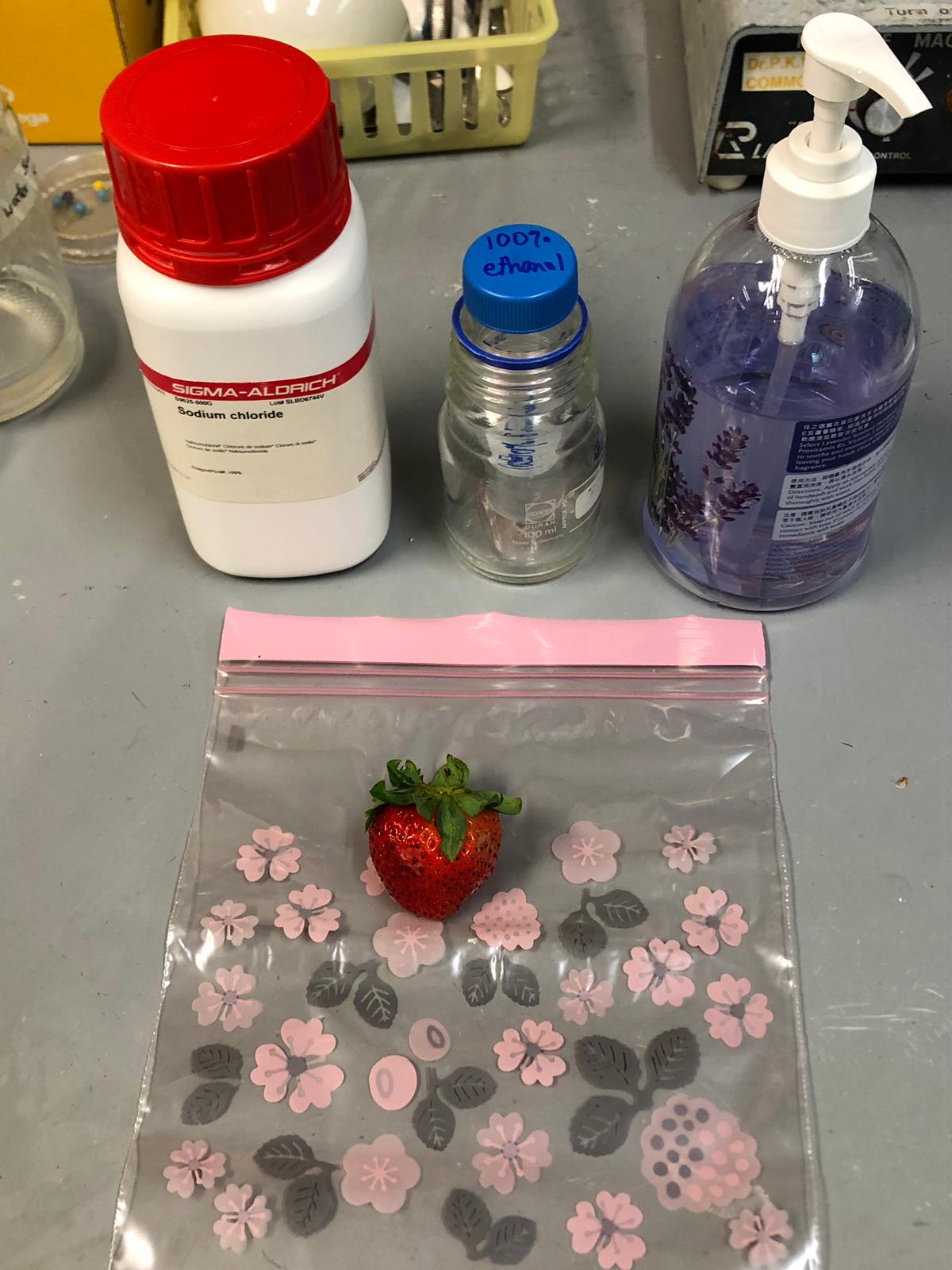
(1) Crush the sample tissue.
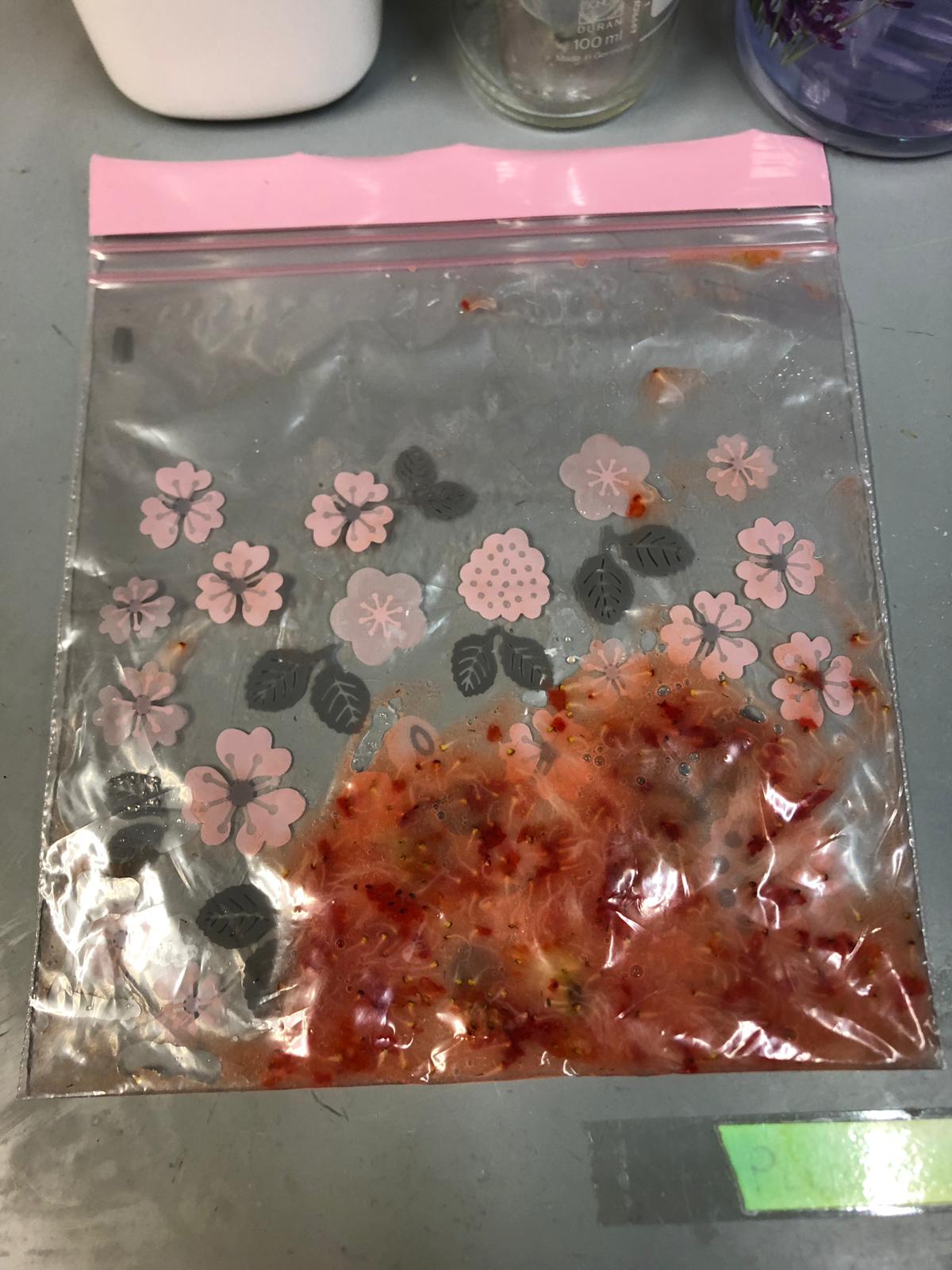
(2) Add kitchen soap and salt. As the cell and nuclear membrane are composed of phospholipid bilayer, detergent can dissolve the oil cell membrane, enabling the DNA to leak out from the cell. Plus, given that DNA is slightly negative, the positive ion in the salt can attract DNA and bind with it, facilitating DNA precipitation.
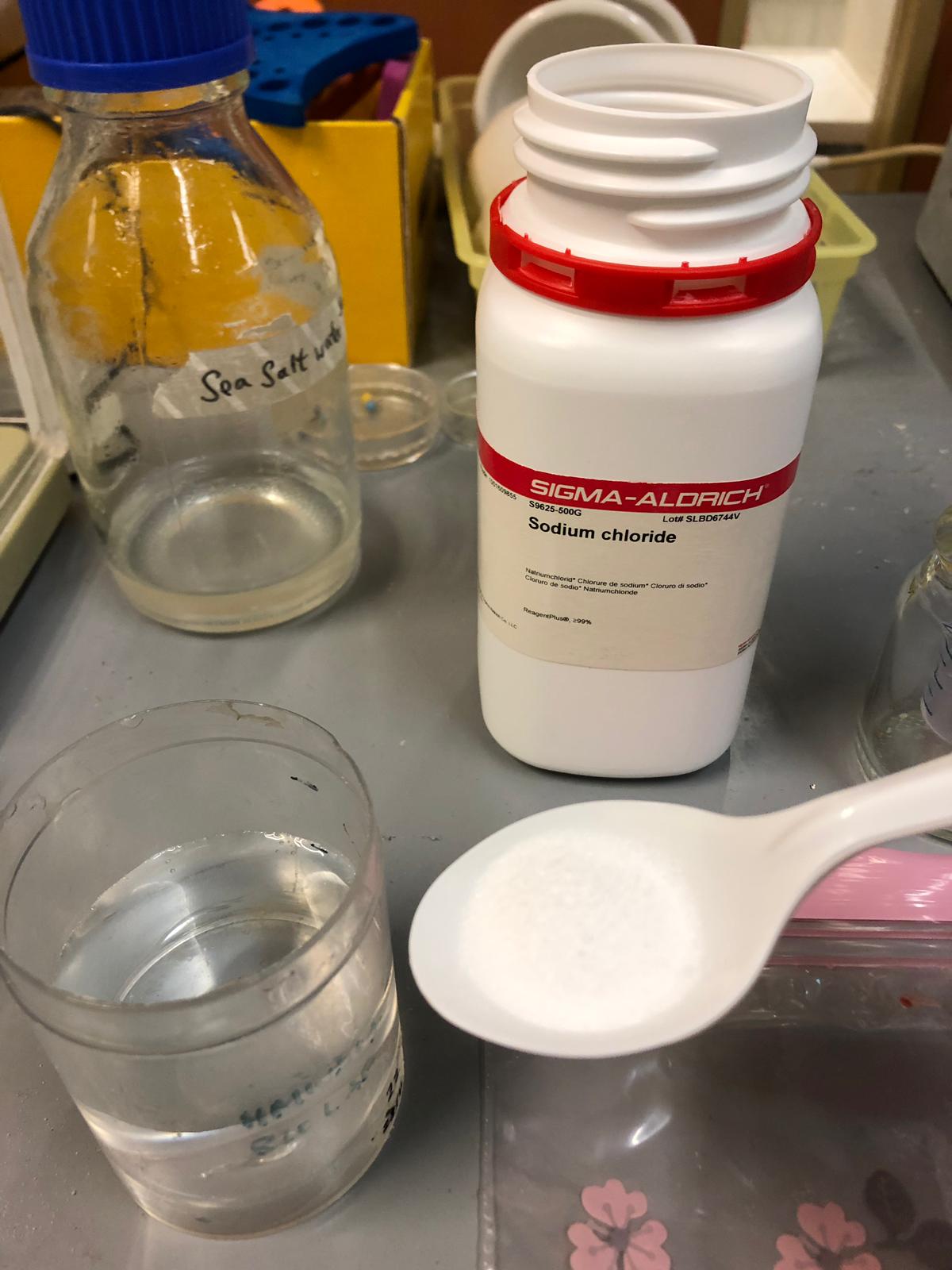
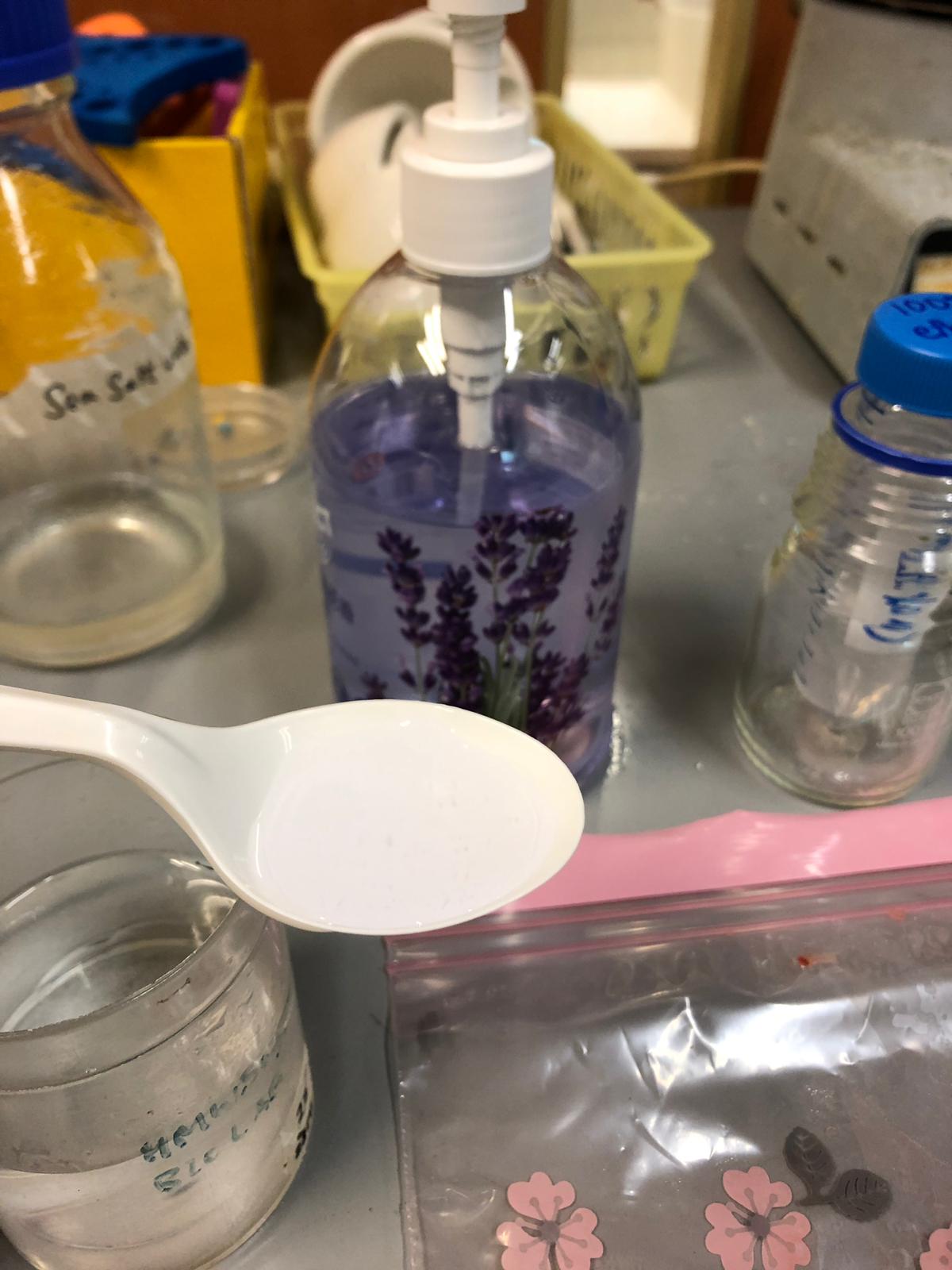
(3) Use a piece of filter paper to filter any solid substance.
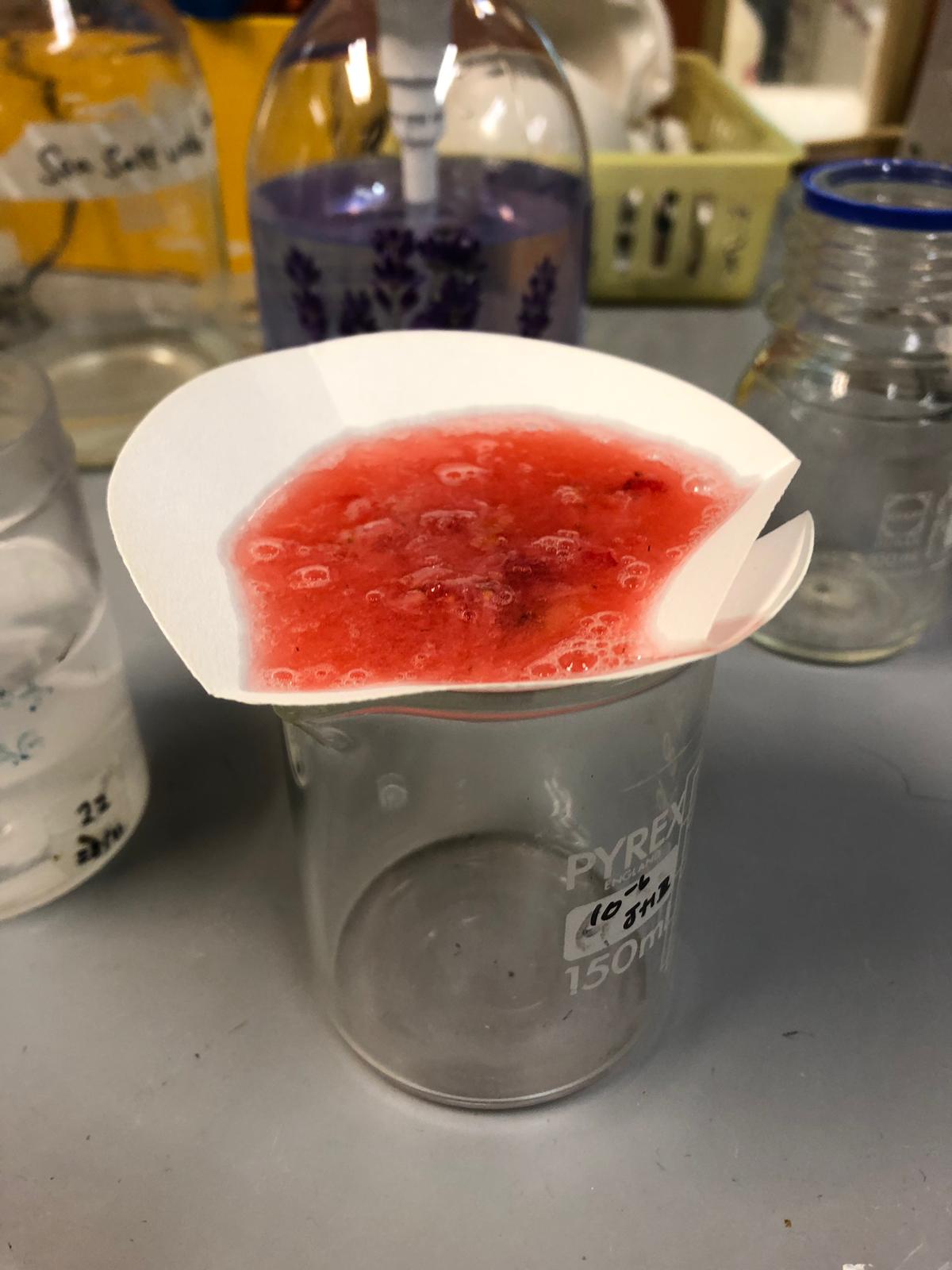
(4) Add the alcohol solution. As salt and DNA do not dissolve in alcohol, the DNA together with salt form precipitation in an alcohol solution. DNA can be obtained.
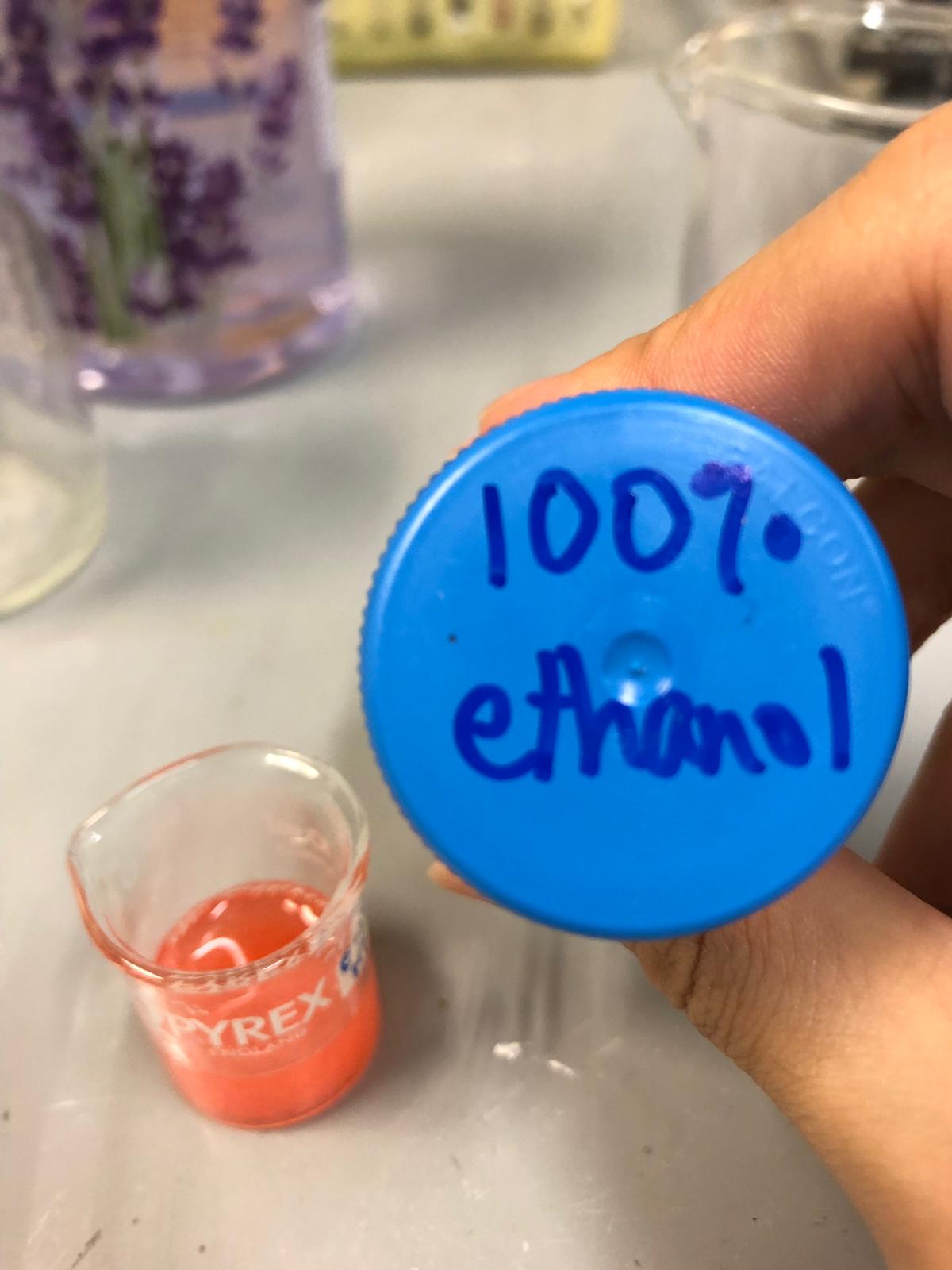
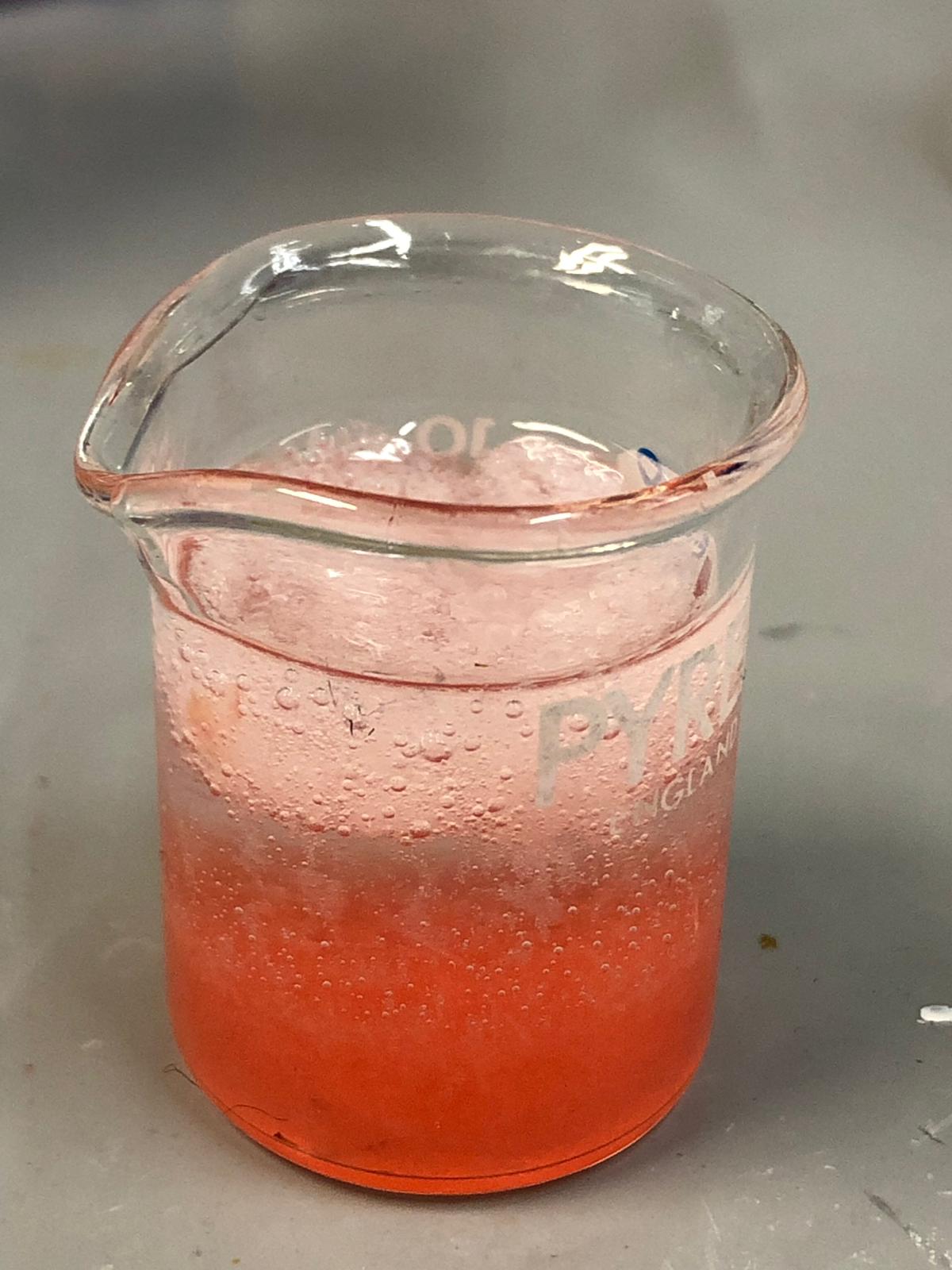
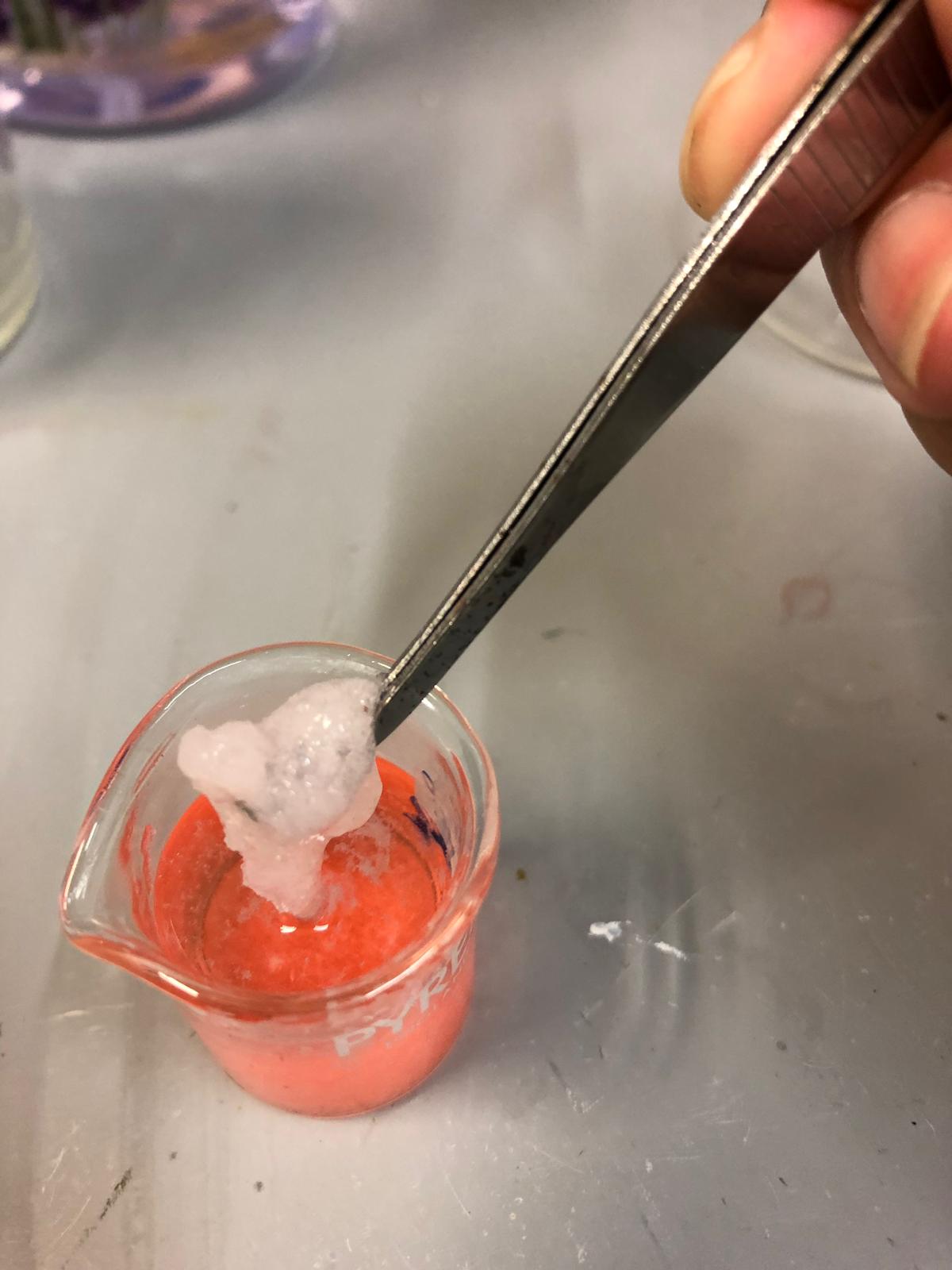
B. High Salt DNA Extraction
(1) Cut a piece of tissue from the sample and put it inside a centrifuge tube.
(2) Add buffer solution and proteinase K for destroying the cells and digesting the tissue.
(3) Put the tube in the water bath for 24 hours as proteinase K requires a suitable temperature and a sufficient time for protein digestion.
(4) Add a high concentration of a salt solution after digestion for DNA solidification.
(5) Transfer the well-mixed supernatant to a new centrifuge tube. Avoid taking any solid tissue.
(6) Add 100% ethanol and pipette out the solution. Repeat it with 70% ethanol.
(7) Open the centrifuge tube for airdrying.
(8) Add distilled water for solid DNA redissolving.
Basic Knowledge(1): DNA Structure and Nucleotide
Basic Knowledge(2): DNA Replication
Biotechnology(2): Gel Electrophoresis
Biotechnology (3): Polymerase Chain Reaction
Species Identification

